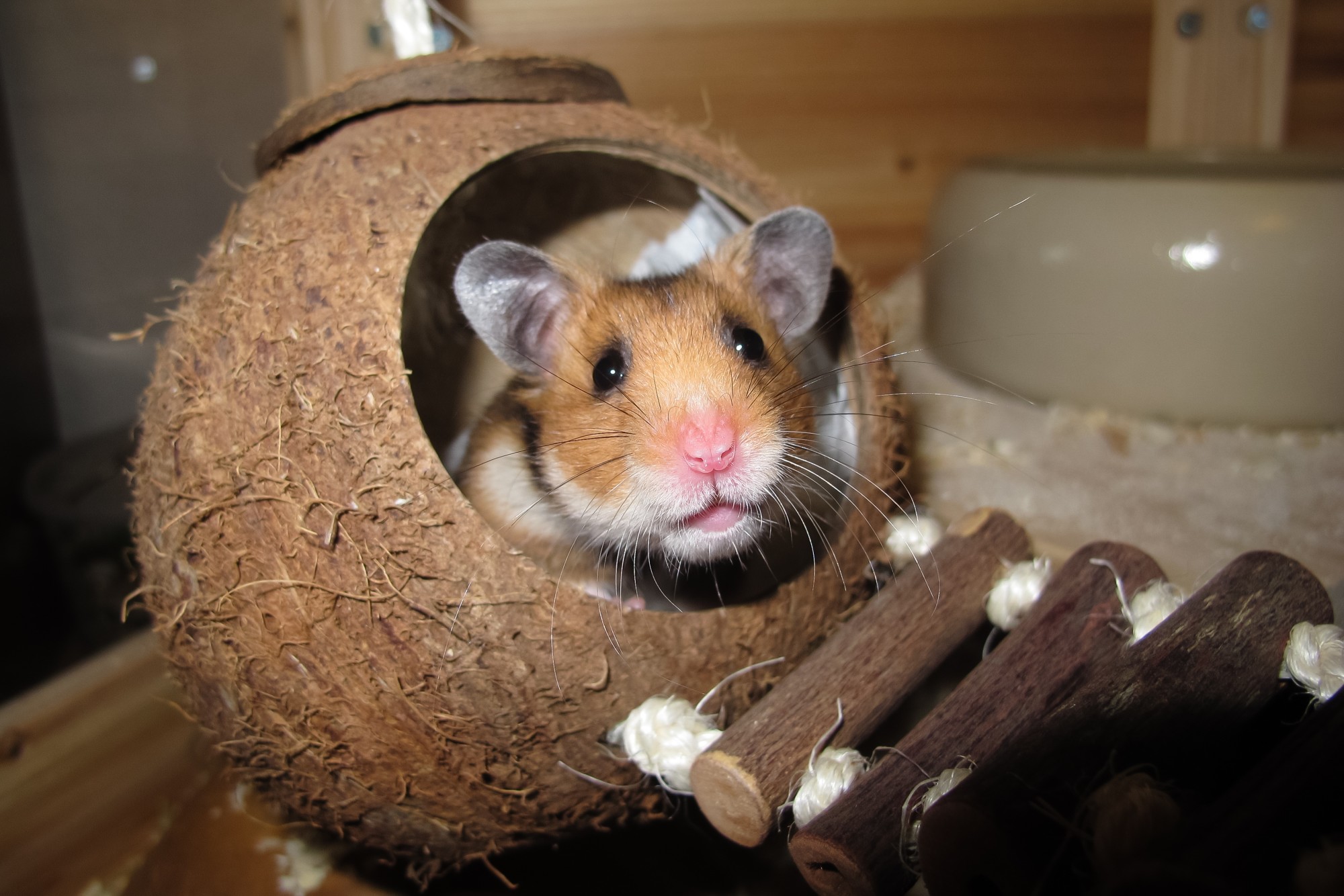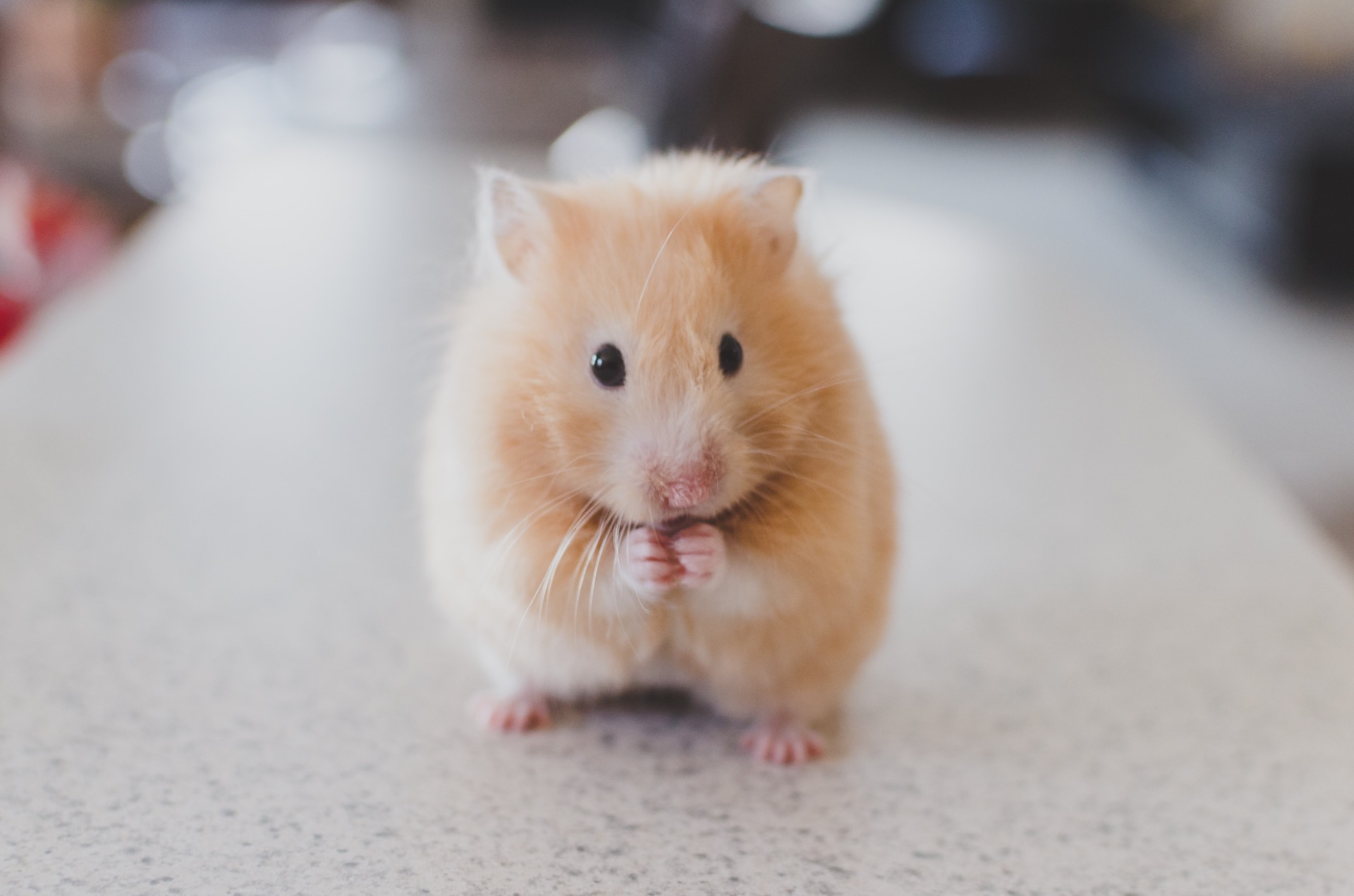X Hamster: The Ultimate Guide To Understanding And Caring For Your Pet
Hey there, fellow hamster lover! If you’re reading this, chances are you’ve either fallen head over heels for these adorable little fuzzballs or you’re seriously considering adding one to your furry family. X hamster, or as most people know them—Syrian hamsters—are not just cute but also surprisingly complex creatures that deserve a ton of love and care. So, buckle up because we’re diving deep into everything you need to know about these tiny bundles of joy!
Let’s face it—owning a hamster isn’t just about filling a cage with some bedding and tossing in a few seeds. These little critters have personalities, quirks, and needs that go way beyond what meets the eye. Whether you’re a first-timer or a seasoned hamster parent, this guide is packed with tips, tricks, and expert advice to ensure your x hamster lives its best life.
By the end of this article, you’ll be armed with all the knowledge you need to create a safe, happy, and healthy environment for your furry friend. So grab a snack, get comfy, and let’s chat about why x hamsters are the ultimate pet—and how you can take care of them like a pro!
- Aagmaal Alternatives Unveiling Secrets What You Should Know
- Hdhub4u Your Gateway To Bollywood Beyond Is It Legit
Table of Contents
- Introduction to X Hamsters
- Hamster Basics: Understanding Your Furry Friend
- Choosing the Right X Hamster for You
- Creating the Perfect Habitat
- Feeding Your X Hamster: What They Need
- Healthcare and Grooming Tips
- Understanding Hamster Behavior
- Bonding with Your Hamster
- Common Issues and How to Handle Them
- Final Thoughts and Next Steps
Introduction to X Hamsters
Alright, let’s kick things off with the basics. X hamsters, also known as Syrian hamsters, are one of the most popular pet choices for families, singles, and even kids. They’re easy to care for, super cute, and relatively low-maintenance compared to other pets. But here’s the kicker—they’re also super fascinating creatures with a whole lot of personality.
Did you know that x hamsters are nocturnal? That means they’re most active during the night, which makes them perfect companions for people who are home after dark. They love to explore, play, and snack on all sorts of goodies. Plus, their cheek pouches? Pure magic. Seriously, how do those little cheeks hold so much food without bursting?
Why Are X Hamsters So Special?
Here’s the deal—x hamsters are solitary animals, meaning they prefer to live alone. Unlike other hamster species, they don’t do well with roommates, so it’s important to give them their own space. But don’t worry, they still love human interaction and can become super affectionate with the right care.
- Vega Movie Streaming Where To Watch Best Alternatives
- Kannada Movies Movierulz Whats Trending Now 2024 Guide
They also come in a variety of colors and patterns, from golden brown to white, black, and even spotted. Each one is unique, just like a snowflake, and that’s part of what makes them so special. Plus, they’re super affordable compared to other pets, making them an excellent choice for first-time pet owners.
Hamster Basics: Understanding Your Furry Friend
Now that you know a bit about x hamsters, let’s dive deeper into what makes them tick. Understanding their biology, behavior, and needs is key to becoming a great hamster parent. So, let’s break it down:
Physical Characteristics
X hamsters are medium-sized, typically weighing between 120-150 grams as adults. They have short tails, large ears, and those iconic cheek pouches that can hold an impressive amount of food. Their fur is soft and comes in a variety of colors, which is part of what makes them so endearing.
But here’s something cool—they have a lifespan of about 2-3 years, which is longer than some other hamster species. This means you’ll have plenty of time to bond with your furry friend and create lasting memories together.
Behavioral Traits
Hamsters are curious creatures, and x hamsters are no exception. They love to explore their environment, which is why providing them with a safe space to play is essential. They’re also natural hoarders, so don’t be surprised if you find stashes of food hidden all over their cage.
Another fun fact? X hamsters are incredibly smart. They can learn to recognize their names and even perform simple tricks with a bit of training. So, if you’re looking for a pet that’s not only cute but also clever, x hamsters are the way to go.
Choosing the Right X Hamster for You
Picking the perfect x hamster can feel like a big decision, and rightly so. After all, this little guy will be part of your family for the next few years. So, how do you choose the right one? Here’s what you need to know:
Where to Buy or Adopt
First things first—where are you getting your hamster from? Pet stores, breeders, and rescue organizations are all options, but each has its pros and cons. If you go through a breeder, you’ll likely get more information about the hamster’s lineage and health history. Rescue organizations, on the other hand, give you the chance to provide a loving home to a hamster in need.
Whatever you choose, make sure the hamster looks healthy, alert, and active. Avoid animals that seem lethargic or have visible signs of illness, like runny eyes or nose.
Tips for Selecting a Hamster
- Look for a hamster that’s curious and approaches you when you open the cage.
- Check for shiny fur and bright eyes—these are signs of good health.
- Ask about the hamster’s age and any specific care instructions.
- Consider whether you want a male or female hamster, as they can have slightly different temperaments.
Creating the Perfect Habitat
Now that you’ve got your furry friend, it’s time to set up their new home. Housing is one of the most important aspects of hamster care, and getting it right will ensure your pet is happy and healthy. Here’s what you need:
Choosing the Right Cage
When it comes to cages, bigger is always better. X hamsters need plenty of space to run, play, and explore. A cage with a footprint of at least 450 square inches is ideal. Make sure it has a secure lid and plenty of ventilation to keep your hamster comfortable.
And here’s a pro tip—avoid cages with wire floors. They can hurt your hamster’s feet and cause serious injuries over time. Stick with solid-bottom cages or ones with mesh that’s spaced close enough together to prevent accidents.
Bedding and Accessories
Bedding is another crucial element of your hamster’s habitat. Aspen shavings or paper-based bedding are great choices, as they’re safe and comfortable for your furry friend. Avoid cedar or pine shavings, as they can be harmful to your hamster’s respiratory system.
Don’t forget to add some fun accessories, like tunnels, wheels, and chew toys. Hamsters love to play, and providing them with plenty of enrichment will keep them happy and entertained.
Feeding Your X Hamster: What They Need
Let’s talk about food—because let’s be real, no one loves snacks more than a hamster. Feeding your x hamster a balanced diet is essential for their health and well-being. Here’s what you need to know:
The Basics of Hamster Nutrition
Hamsters are omnivores, which means they eat both plant and animal-based foods. A high-quality hamster mix is a great starting point, as it provides all the essential nutrients your pet needs. Look for mixes that contain seeds, nuts, and pellets, and supplement them with fresh fruits and veggies like carrots, broccoli, and apples.
But here’s the thing—moderation is key. Too many treats can lead to obesity and health issues, so make sure you’re feeding your hamster the right amounts. As a general rule, offer about a tablespoon of food per day, along with fresh water.
What to Avoid
- Chocolate and sugary treats—these can be toxic to hamsters.
- Raw beans and potatoes—they’re difficult to digest and can cause health problems.
- Avocado and rhubarb—these are toxic to hamsters and should be avoided at all costs.
Healthcare and Grooming Tips
Just like any other pet, x hamsters need regular check-ups and grooming to stay healthy. Here’s how you can keep your furry friend in tip-top shape:
Signs of Good Health
A healthy hamster is active, has bright eyes, and a shiny coat. They should also have a good appetite and produce regular droppings. If you notice any changes in behavior or appearance, it’s a good idea to consult a vet who specializes in small animals.
Grooming Tips
Hamsters are surprisingly clean animals and groom themselves regularly. However, you can help by providing a dust bath once a week to keep their fur shiny and healthy. Simply fill a shallow dish with chinchilla dust and let your hamster roll around in it for a few minutes.
And don’t forget about their nails! Hamsters’ nails can grow quickly, so it’s important to trim them every few weeks. If you’re not comfortable doing this yourself, your vet can help.
Understanding Hamster Behavior
Hamsters are fascinating creatures with a wide range of behaviors that can tell you a lot about their mood and health. Here’s what you need to know:
Common Behaviors
- Hoarding food—this is a natural behavior and nothing to worry about.
- Chewing—hamsters need to chew to keep their teeth healthy, so provide plenty of safe chew toys.
- Hiding—it’s normal for hamsters to spend time in their hideouts, especially during the day.
Signs of Stress
If your hamster seems agitated, aggressive, or lethargic, it could be a sign of stress. Common stressors include loud noises, sudden changes in environment, or lack of enrichment. Make sure your hamster’s habitat is quiet and comfortable, and provide plenty of toys and activities to keep them entertained.
Bonding with Your Hamster
Building a bond with your x hamster takes time and patience, but it’s totally worth it. Here’s how you can strengthen your relationship:
Handling Tips
Start by letting your hamster get used to your presence. Spend time near their cage, talking softly and offering treats. Once they’re comfortable, gently scoop them up with both hands and let them explore. Always support their body fully to prevent injury.
Training Tricks
Hamsters are smart little creatures and can learn simple tricks with a bit of practice. Start with basic commands like “come” or “sit,” and reward them with treats when they do well. Over time, you’ll be amazed at what they can learn!
Common Issues and How to Handle Them
Even the best hamster parents can run into problems from time to time. Here’s how to handle some common issues:
Illness and Injury
Hamsters can get sick or injured just like any other pet. Common health issues include wet tail, dental problems, and respiratory infections. If you notice any signs of illness, such as lethargy, loss of appetite, or difficulty breathing, contact your vet immediately.
Preventing Problems
The best way to prevent health issues is through regular check-ups and proper care. Make sure your hamster’s habitat is clean, their diet is balanced, and they get plenty of exercise. A happy hamster is a healthy hamster!
Final Thoughts and Next Steps
And there you have it—everything you need to know about x hamsters and how to care for them. These little creatures may be small, but they bring a ton of joy and love into our lives. By providing them with a safe, healthy environment
- Aditi Mistry Nipple Slip The Viral Incident Amp Aftermath
- Noodle Magazine Your Ultimate Guide To Noodle History Recipes

Your Ultimate Hamster Care Guide

Guide to Caring for a Pet Hamster for Beginners

Hamster Care Guide. What You Should Know. Small Pet Select